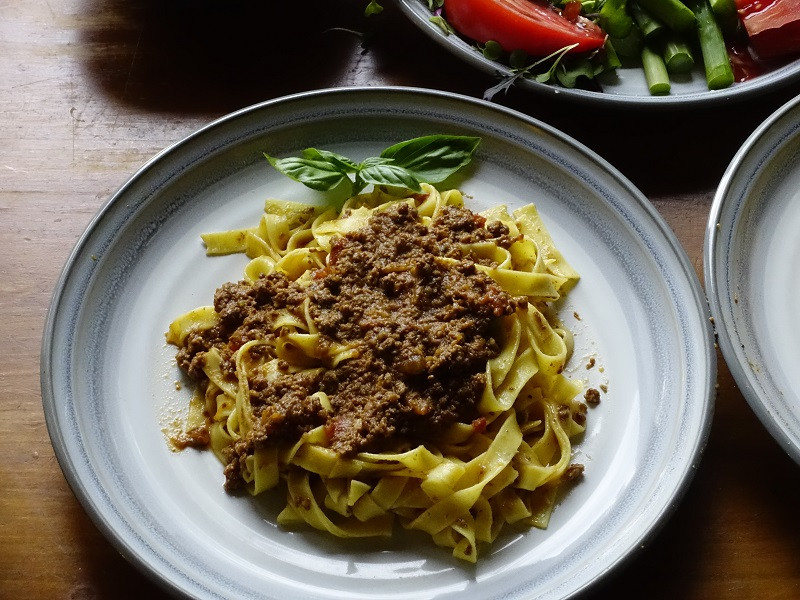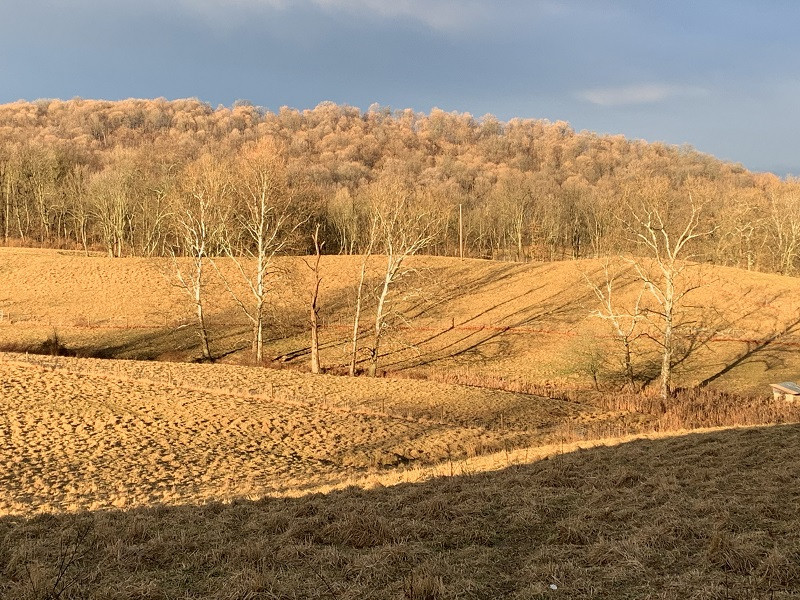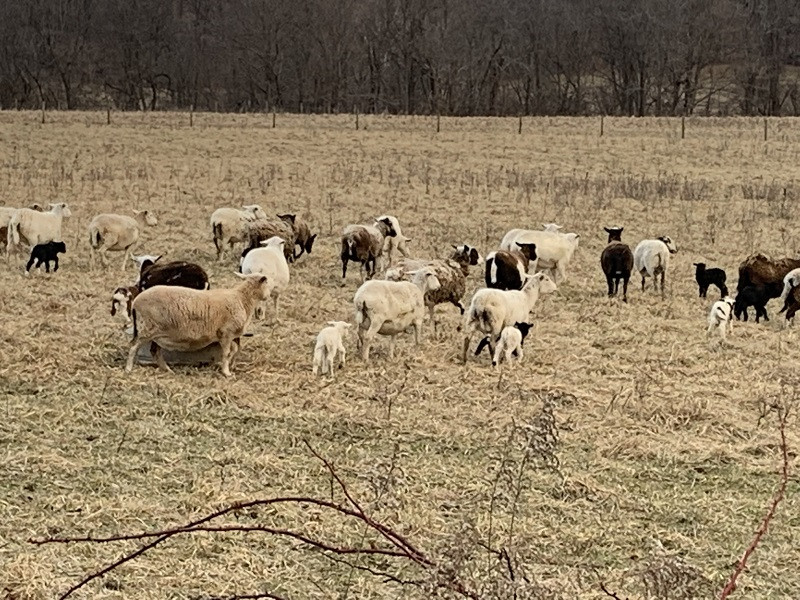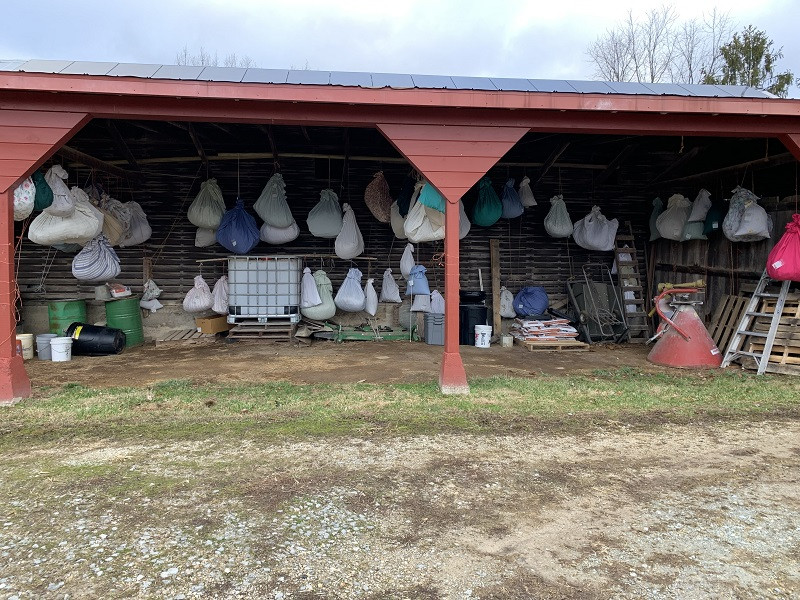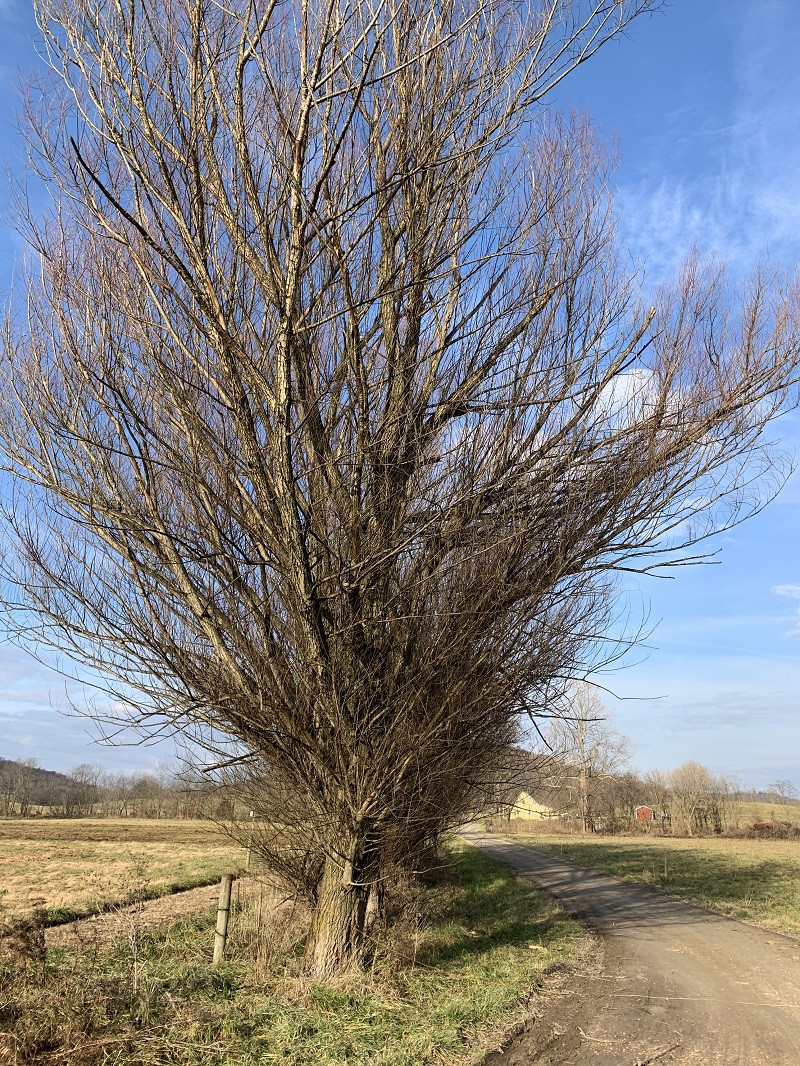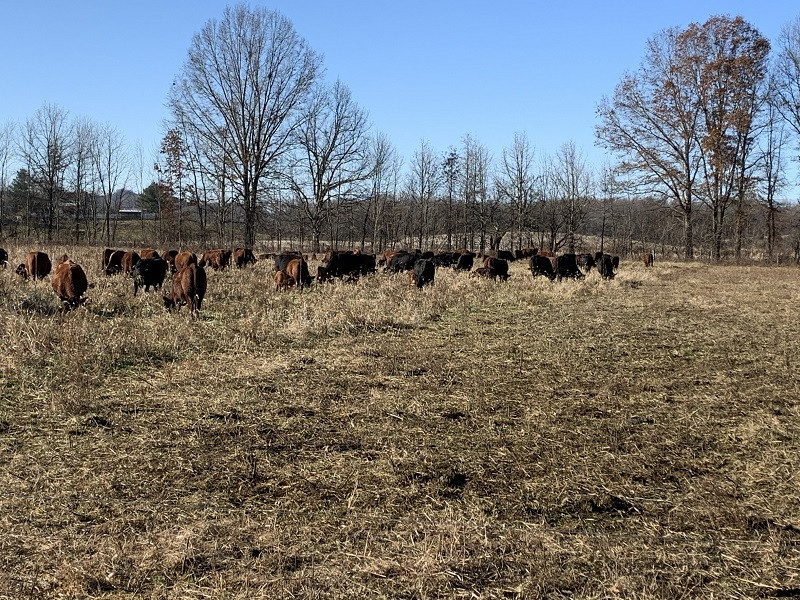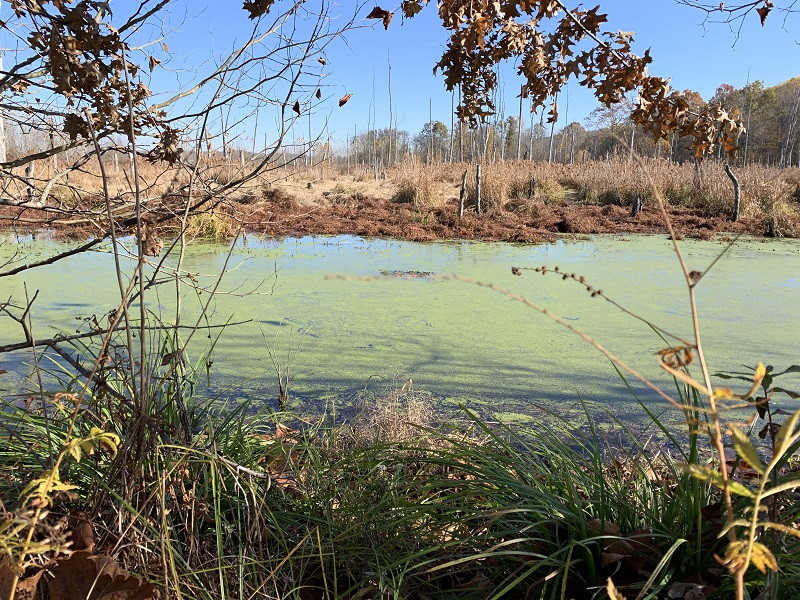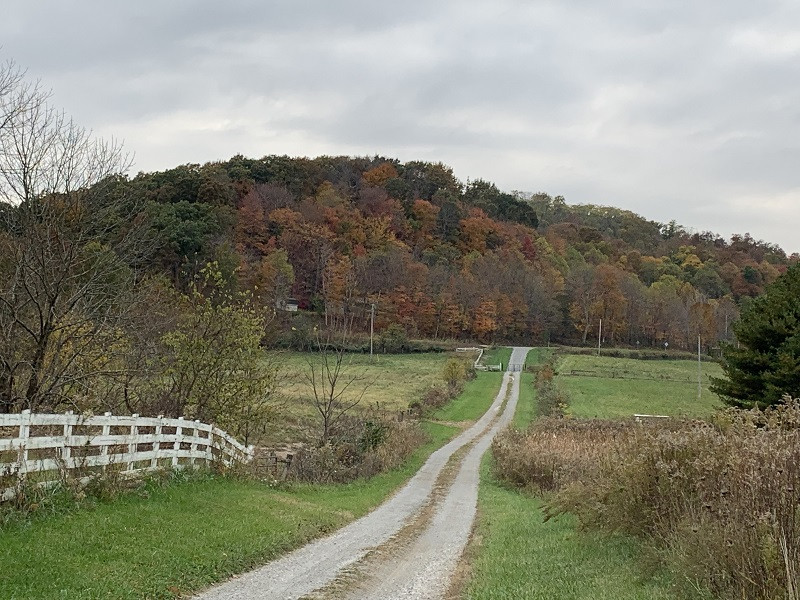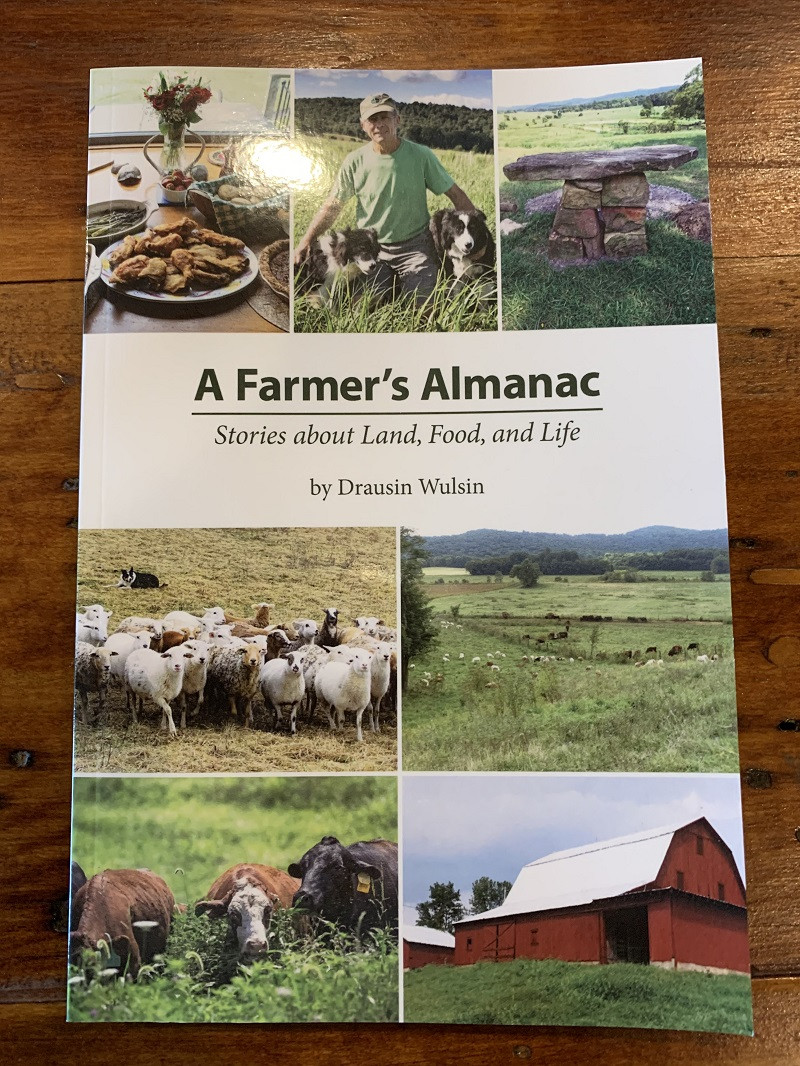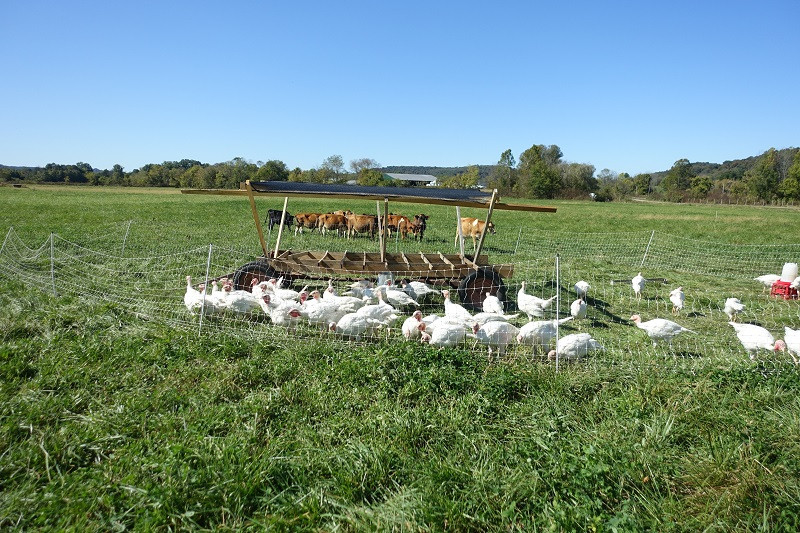Who We Are
How does one reply to: "Who are you?" That is a confronting inquiry, which we are each forced to answer by one means or another during the course of a lifetime. How do we define ourselves? Is it the family we grew up in, the family we are creating, the culture we live in, the language we speak, the company we keep, the footsteps we take, the work we create, the words we use, the values we espouse, the issues we vote for, the sacrifices we make, the money we accrue, or the food we eat...? Which of these is most defining? Perhaps no one dominates, and it is the interplay among them that creates individuality. If I had to choose, it would be footsteps and words that show the colors of person or organization. What you say and how you act portray the picture. In the end, saying is acting, so it boils down to how you act or where you let your feet take you. May they always take you to your true self, which often requires time to emerge.


